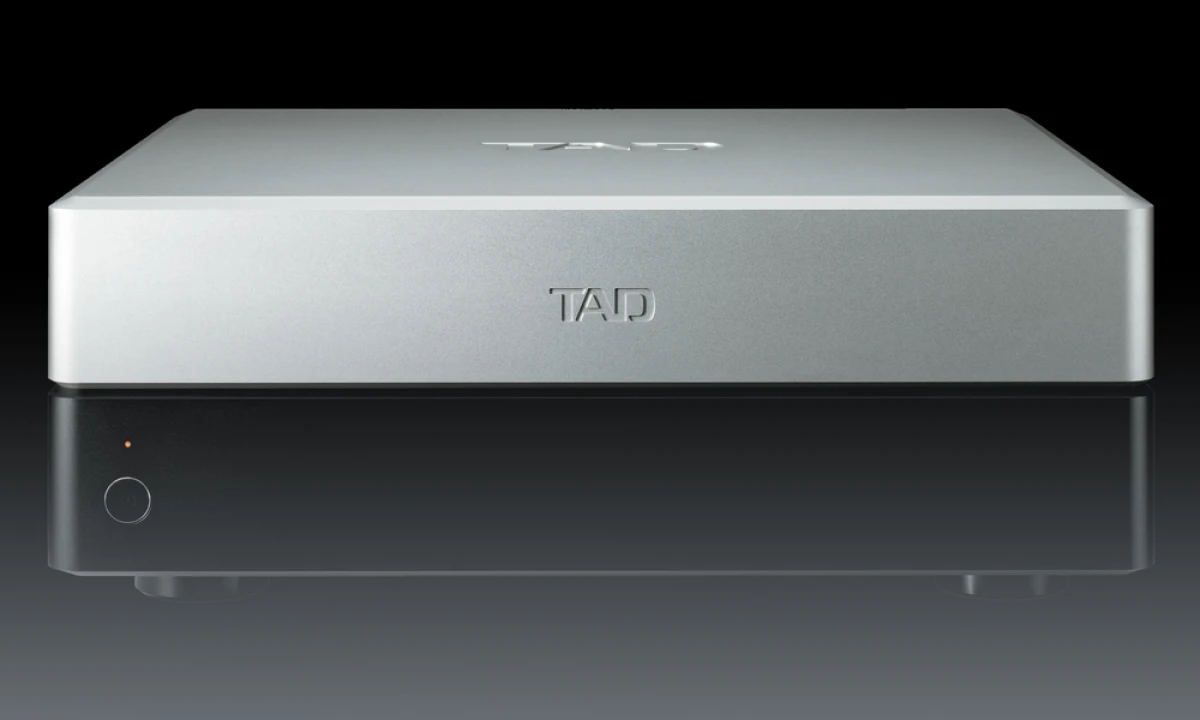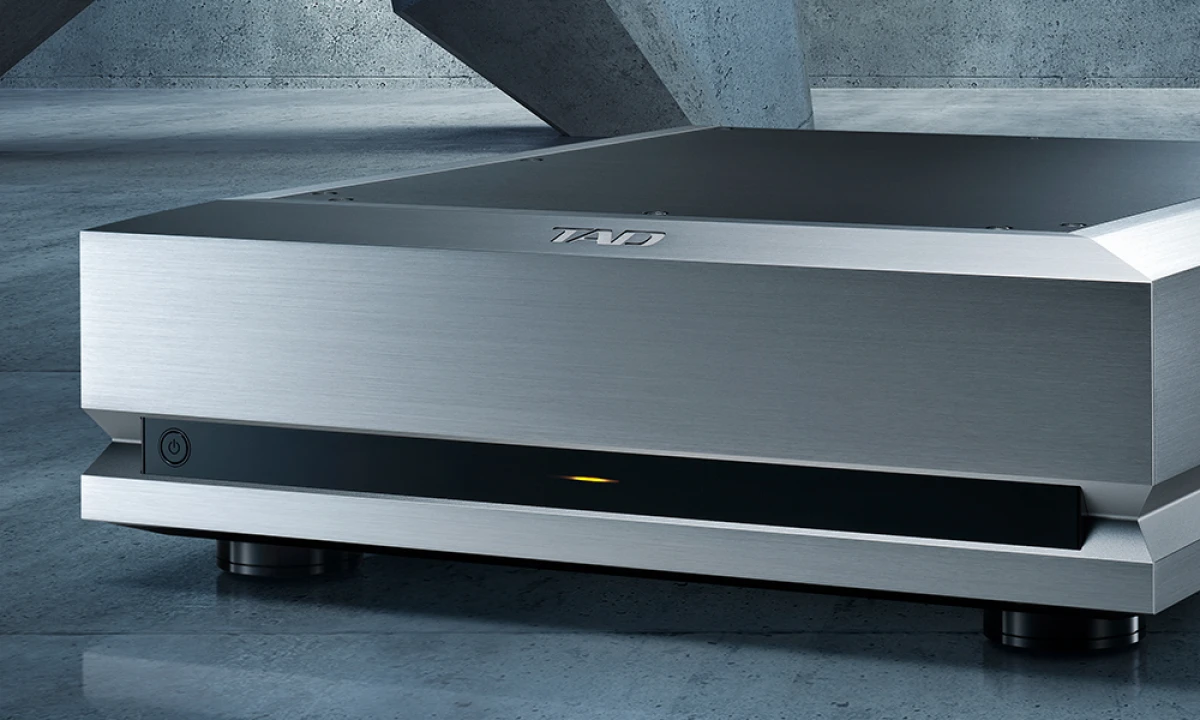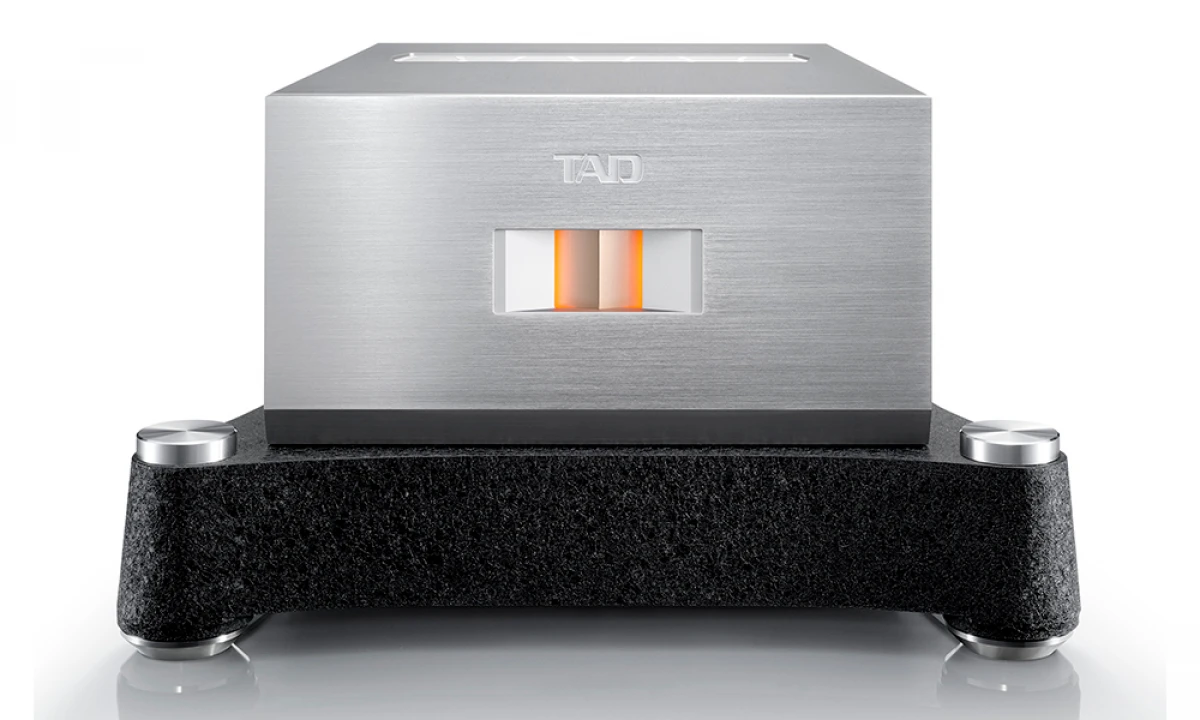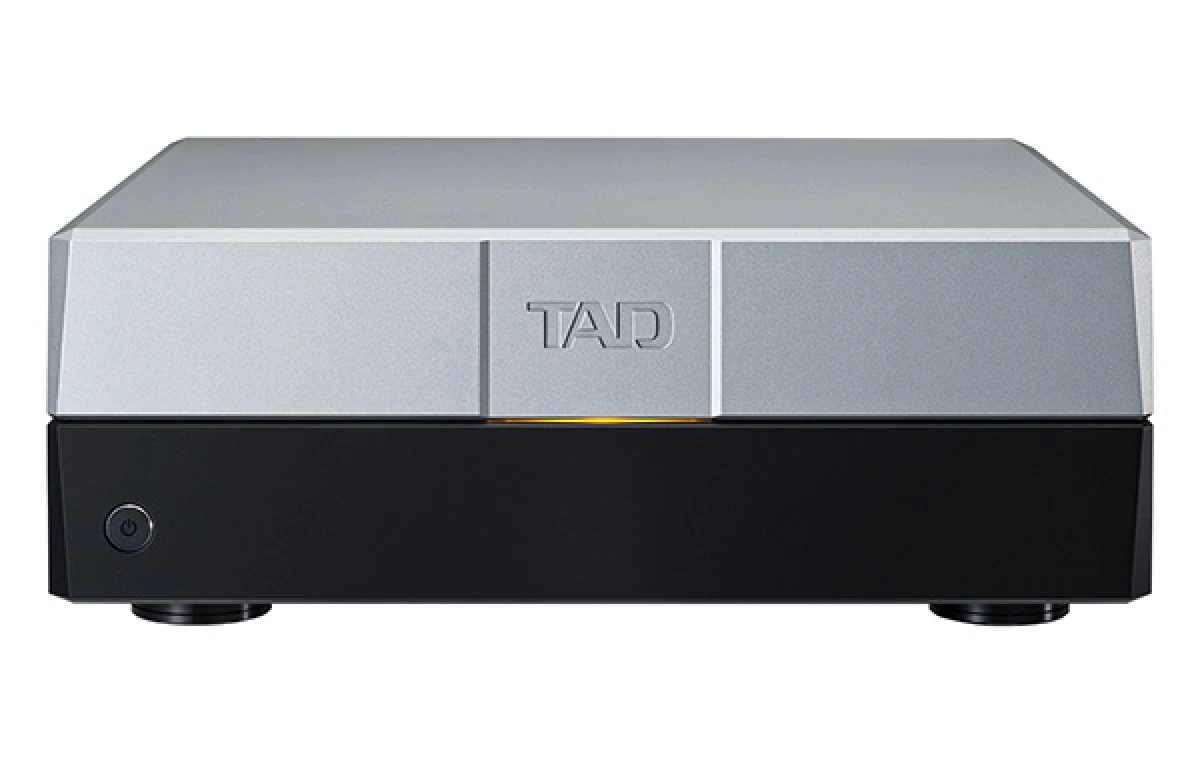Power amplifiers stereo — TAD TAD-M700
Description, images, technical data and specifications
TAD TAD-M700
Image source — © TAD
The power of the TEN M700 is stated at 350 Watts per channel at a load of 8 ohms, the power supply is built around a huge transformer, it uses custom-made capacitors with a total capacity of 33,000 microfarads. The amplifier has a fully symmetrical design, with an input sensitivity of 1.5 V and an input impedance of 100 kOhm.
Specifications
Model name
TAD-M700
Input sensitivity (mV)
1500
Input impedance (balanced) (Ω)
N/A
Input impedance (single-ended) (Ω)
N/A
Output impedance (balanced) (Ω)
N/A
Output impedance (single-ended) (Ω)
N/A
Max current (A)
N/A
Output power (8Ω) (W)
350
Output power (4Ω) (W)
700
Gain (dBu)
29.5
Frequency response low +/- 3dB (Hz)
1
Frequency response high +/- 3dB (Hz)
100 000
Signal to Noise Ratio (dB)
125
Total Harmonic Distortion + Noise (0% global feedback) (%)
N/A
Total Harmonic Distortion + Noise (100% global feedback) (%)
<0.005
Max power consumption (W)
N/A
Damping factor
N/A
Dimensions (mm)
516 x 296 x 622
Weight (kg)
74.5
Official link
More components

Power amplifiers stereo
TAD TAD-M2500MK2

Power amplifiers stereo
TAD TAD-M1000TX

Power amplifiers stereo
TAD TAD-M700S

Power amplifiers stereo
TAD TAD-M2500TX


